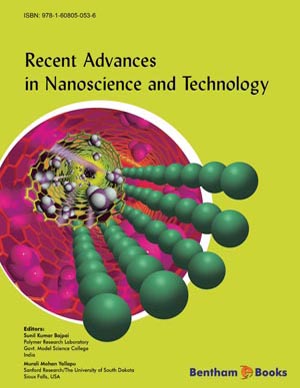Abstract
Spin properties of defects in carbon nanostructures are one of the fundamental directions in the physics of nanomaterials. The problem of doping nanostructures and creating intrinsic and extrinsic defects in such structures as a result of various actions (heat treatment, ionizing radiation, chemical action, etc.) is playing the central role in the further implementation of these nanostructures in real devices. Electron paramagnetic resonance (EPR) is known to be one of the most informative methods to study the intrinsic and extrinsic defects at the molecular level. The use of different frequency bands (low frequency X-band or high frequency W-band) and different regimes of the EPR signal detection (continuous or pulsed) allows one to get an access not only to the identification an electronic and microscopic structure of the defects in the crystalline matrix, but also to study coherence properties of the defects' spin. In this chapter, by means of EPR, we provide the direct observation of paramagnetic impurities in the crystalline core of nanodiamonds and we also show that nitrogen impurities in nanodiamonds interact with the diamond lattice in a similar way as in the bulk diamond crystals. We also present the results of observation of highdensity NV defect ensembles created directly by high-pressure high-temperature (HPHT) sintering procedure of the detonation nanodiamonds and show that the spin ensemble of the NV defects is characterized by the long spin-lattice and spin-spin relaxation times. The latter is important for bioimaging and quantum sensing applications.
Keywords: Angular dependence, Detonation nanodiamonds, EPR, Electron spin echo (ESE), ESE detected EPR, Euler angles, Fine structure, High-frequency EPR, EPR spectra simulation, HPHT nanodiamonds, Hyperfine interaction, Multifrequency EPR, Natural diamond nanocrystals, Nitrogen centers, Nitrogen pairs, NV centers, Spin Hamiltonian, Size effect, Symmetry, Synthetic nanodiamonds.



















